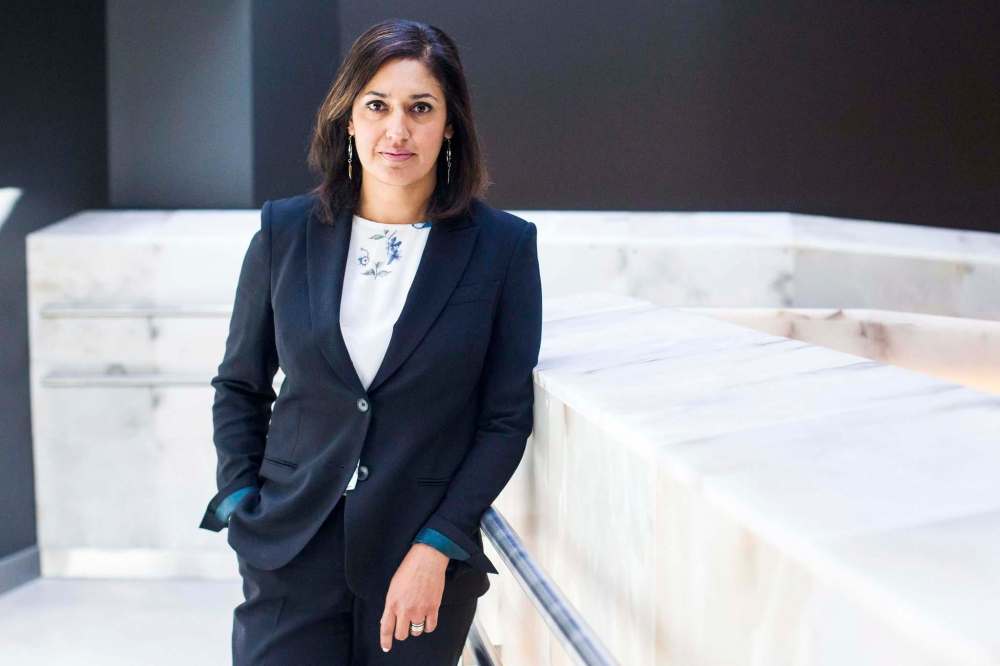Progress, but not enough, on CMHR’s issues
Advertisement
Read this article for free:
or
Already have an account? Log in here »
To continue reading, please subscribe:
Monthly Digital Subscription
$0 for the first 4 weeks*
- Enjoy unlimited reading on winnipegfreepress.com
- Read the E-Edition, our digital replica newspaper
- Access News Break, our award-winning app
- Play interactive puzzles
*No charge for 4 weeks then price increases to the regular rate of $19.00 plus GST every four weeks. Offer available to new and qualified returning subscribers only. Cancel any time.
Monthly Digital Subscription
$4.75/week*
- Enjoy unlimited reading on winnipegfreepress.com
- Read the E-Edition, our digital replica newspaper
- Access News Break, our award-winning app
- Play interactive puzzles
*Billed as $19 plus GST every four weeks. Cancel any time.
To continue reading, please subscribe:
Add Free Press access to your Brandon Sun subscription for only an additional
$1 for the first 4 weeks*
*Your next subscription payment will increase by $1.00 and you will be charged $16.99 plus GST for four weeks. After four weeks, your payment will increase to $23.99 plus GST every four weeks.
Read unlimited articles for free today:
or
Already have an account? Log in here »
Hey there, time traveller!
This article was published 02/07/2021 (1625 days ago), so information in it may no longer be current.
The Canadian Museum for Human Rights may be on a transformative path to ridding its workplace of structural racism and oppression, but the speed at which it is effecting change is unacceptably slow.
A new report released this week, the second in a two-part examination, found that while some progress has been made to address what many CMHR staff have described as a toxic work environment, serious problems at the museum remain.
“Racism is pervasive and systemic within the institution, with significant impacts on hiring and retention of Indigenous, Black, and racialized employees,” wrote external reviewer Laurelle Harris in her 81-page report released this week.

In addition to three sexual harassment cases at the museum, one involving the stalking of a Black woman, there is a pattern of gendered racism against Black men, in the form of “sexualizing and fetishizing,” the report found.
It also states that anti-Black racism continues within the museum, manifested in the forms which are systemic, ‘everyday’ and gendered.
The documentation of sexual harassment cases, some of which were not disclosed by management to Harris during her review, is “decentralized and poor,” raising concerns that cases are not properly investigated.
Some male employees reported witnessing sexist behaviour in the workplace and expressed guilt they did not intervene. The report also found unequal treatment of employees based on race.
“Indigenous and racialized employees reported having been subjected to expectations and standards of job performance that exceeded the expectations held for white employees and have been reprimanded for errors or actions when their white counterparts were not,” the report found.
While the report acknowledges progress has been made in disrupting undesirable patterns of behaviour (and praises the museum’s new CEO Isha Khan for her efforts in promoting gender and racial equity), there appears to be a reluctance among some in senior management to fully embrace change.
The capacity of the executive management team, excluding the CEO, to lead this change “is not currently well-developed,” the report found. There is also a reluctance among some senior executives to hold white members of management accountable for actions “that help sustain systemic and everyday racism in the workplace.”
According to the report, a significant number of staff say there has been a lack of accountability among some senior managers who have contributed to a work environment in which racism and oppression have been allowed to flourish.
The museum has acted on many of the report’s recommendations, including implementing anti-racism education among senior executives and prioritizing the recruitment of racialized and LGBTTQ+ candidates for executive and managerial positions. However, without full buy-in from senior management, problems will persist.
To some degree, that’s expected.
“Racism and oppression cannot be ‘fixed’ in a matter of months,” the report says. “Disrupting oppression is an ongoing process. It has a beginning but not an end.”
Still, there are practical recommendations made in the report that have not been fully implemented, such as the proposed creation of a chief equity officer and anti-racism practice lead as a member of the executive management team.
A new equity and strategic initiatives director position was created, but not at the executive level, which the report said was necessary to create permanent structural change and to have a direct reporting mechanism to the museum’s board of trustees.
Change is occurring in the workplace at the CMHR, but it lacks urgency. Incrementalism is not good enough, especially for an institution that is supposed to be leading the way in the fight against oppression and racial inequality.


